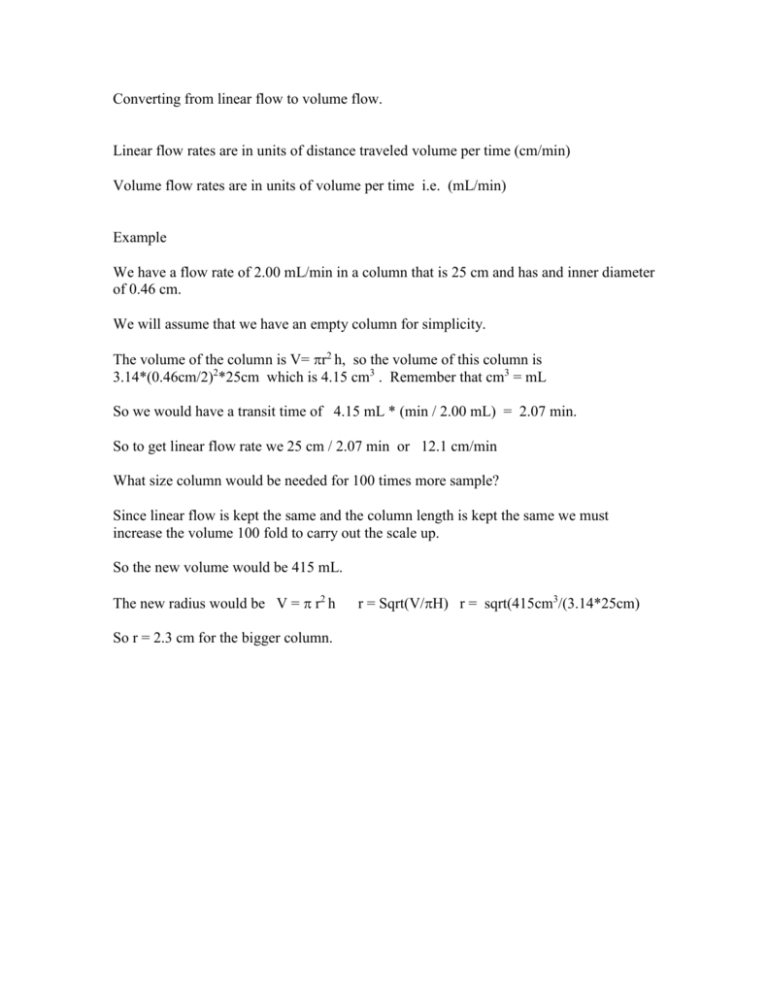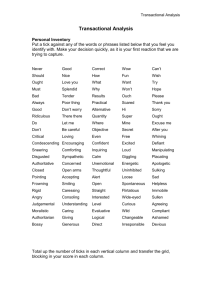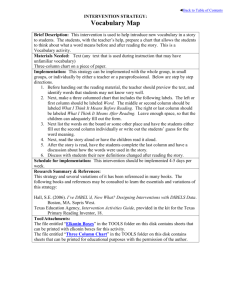Linear Flow and Volume Flow comments
advertisement

Converting from linear flow to volume flow. Linear flow rates are in units of distance traveled volume per time (cm/min) Volume flow rates are in units of volume per time i.e. (mL/min) Example We have a flow rate of 2.00 mL/min in a column that is 25 cm and has and inner diameter of 0.46 cm. We will assume that we have an empty column for simplicity. The volume of the column is V= r2 h, so the volume of this column is 3.14*(0.46cm/2)2*25cm which is 4.15 cm3 . Remember that cm3 = mL So we would have a transit time of 4.15 mL * (min / 2.00 mL) = 2.07 min. So to get linear flow rate we 25 cm / 2.07 min or 12.1 cm/min What size column would be needed for 100 times more sample? Since linear flow is kept the same and the column length is kept the same we must increase the volume 100 fold to carry out the scale up. So the new volume would be 415 mL. The new radius would be V = r2 h So r = 2.3 cm for the bigger column. r = Sqrt(V/H) r = sqrt(415cm3/(3.14*25cm)











